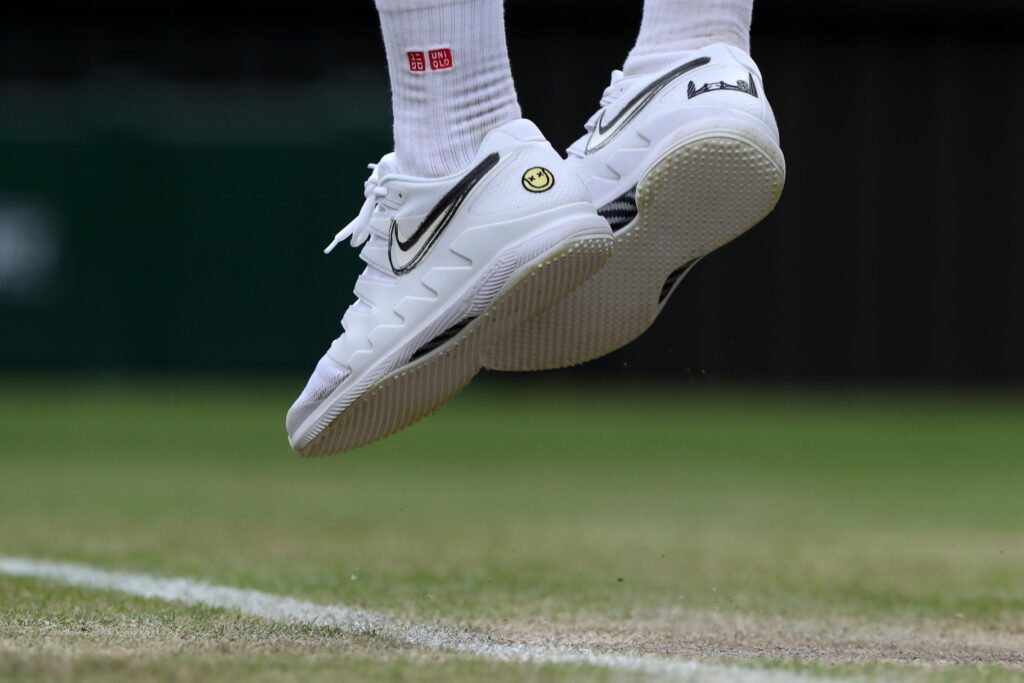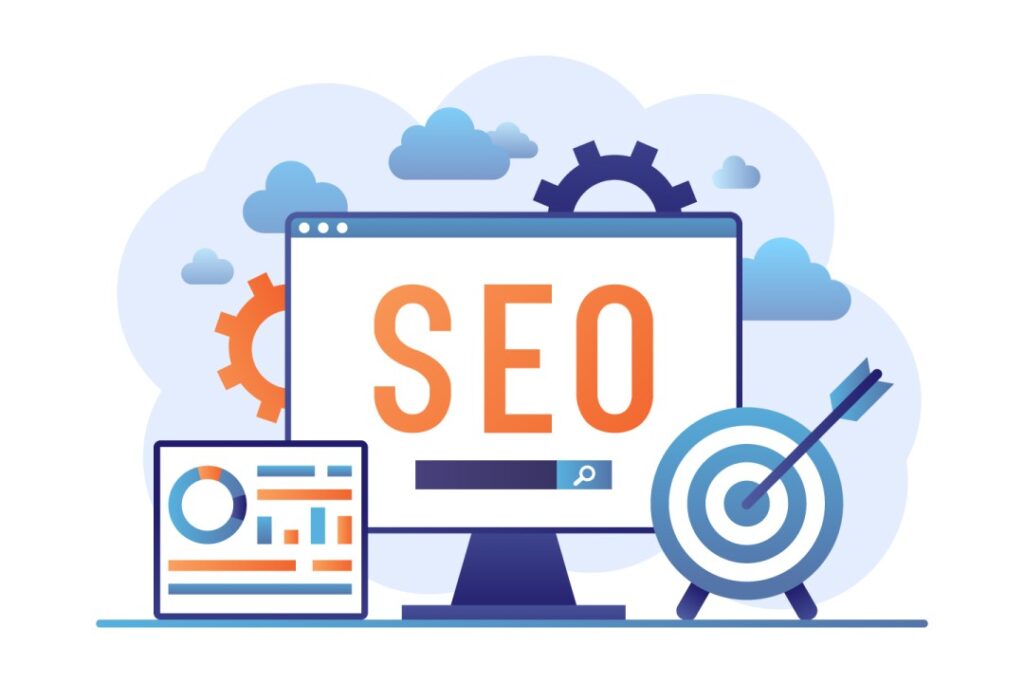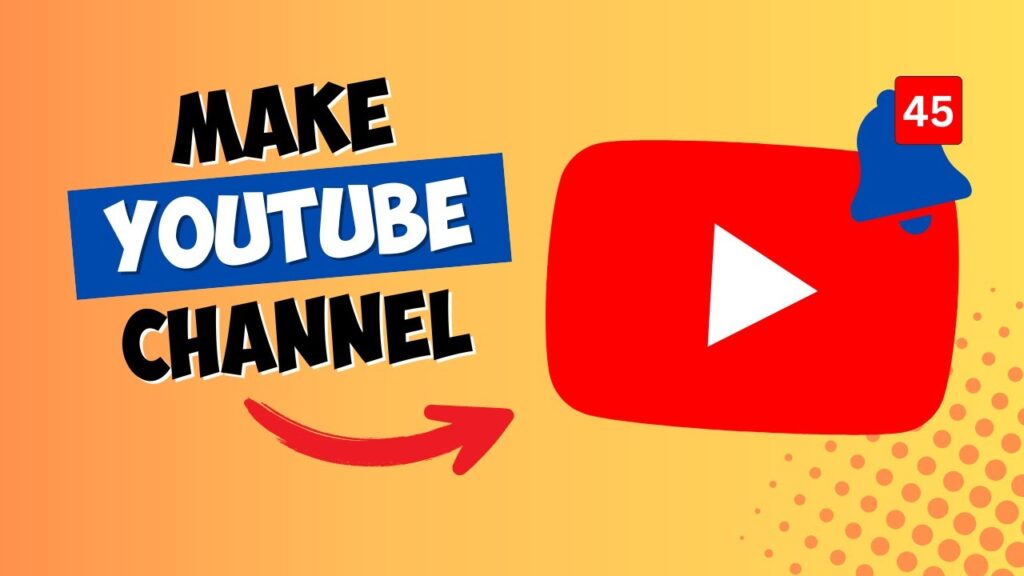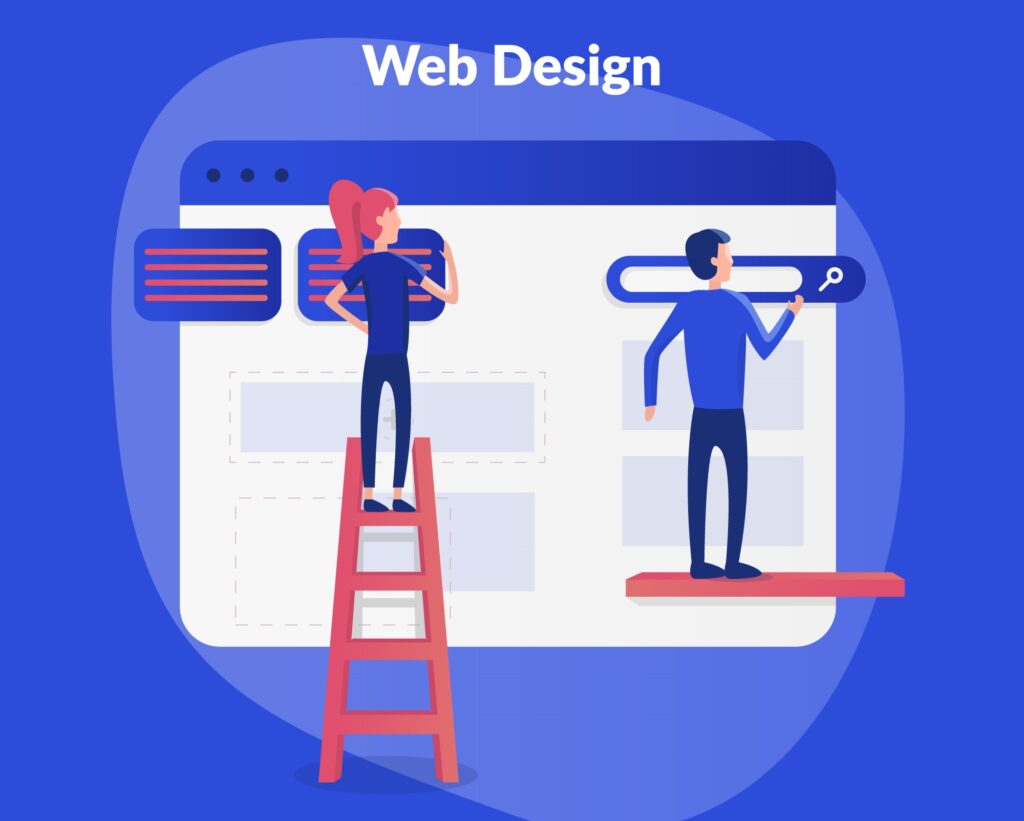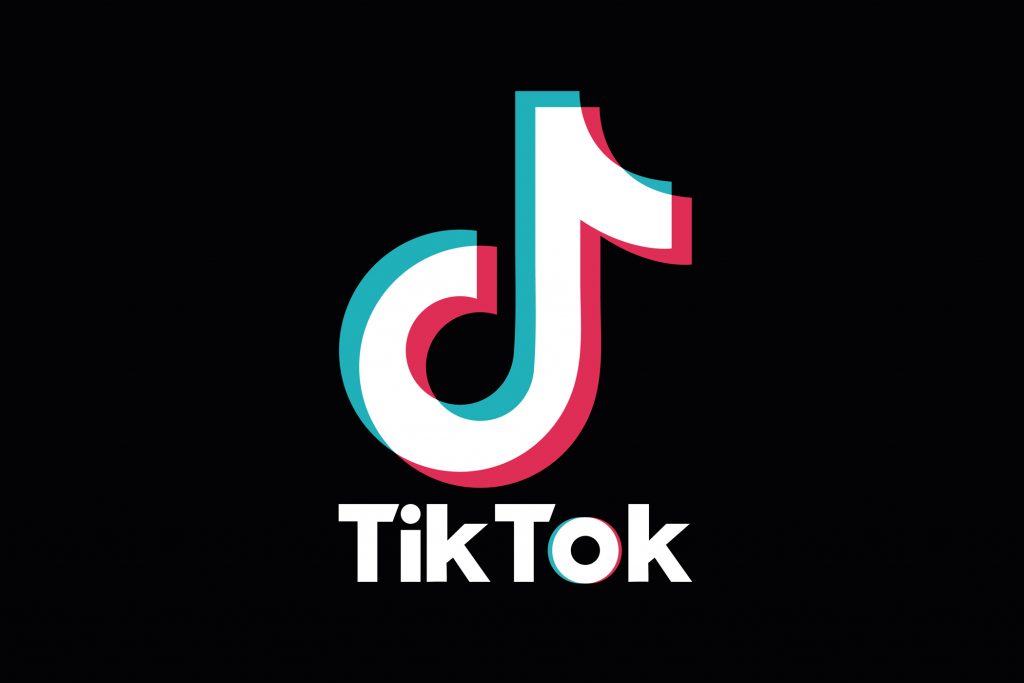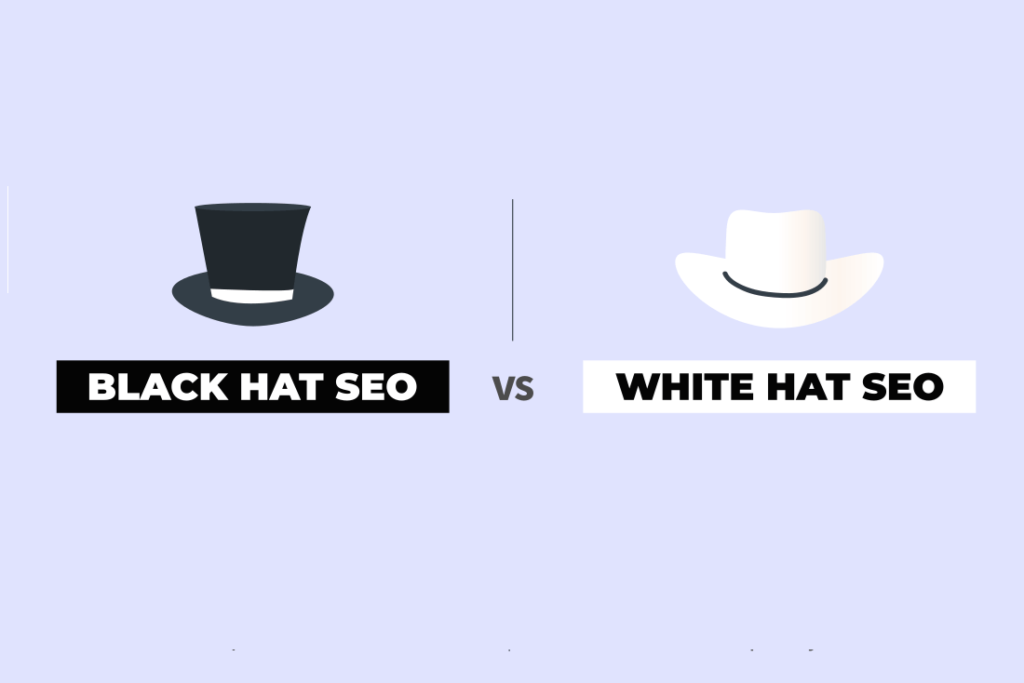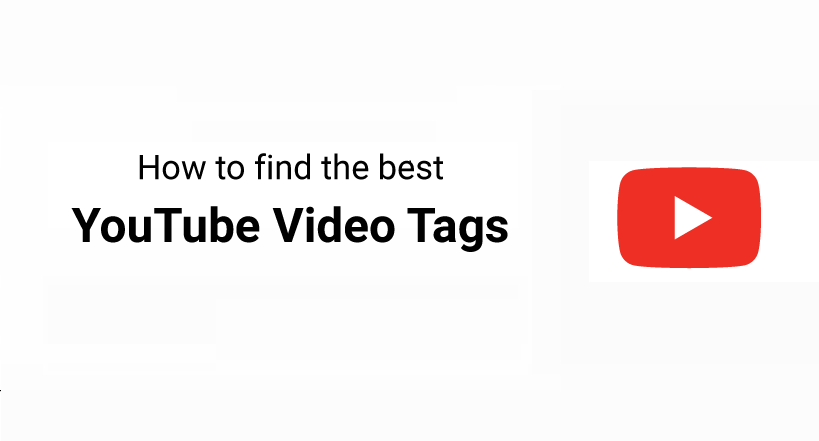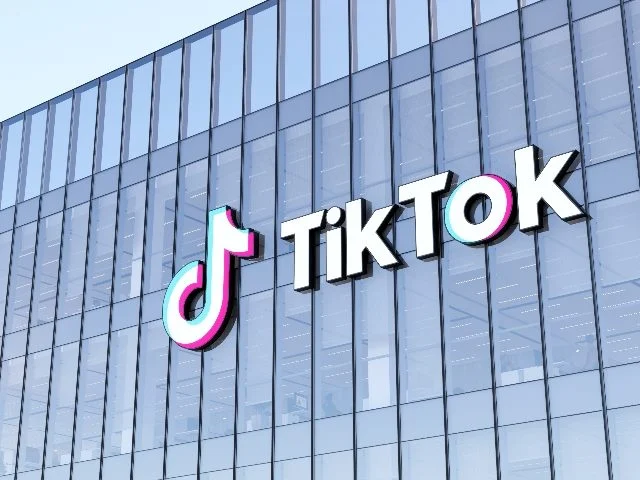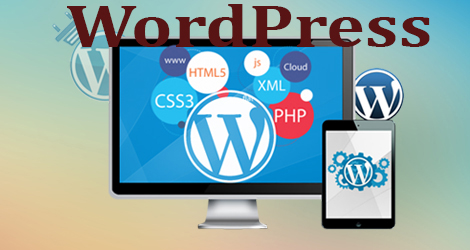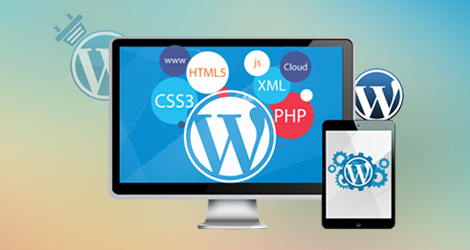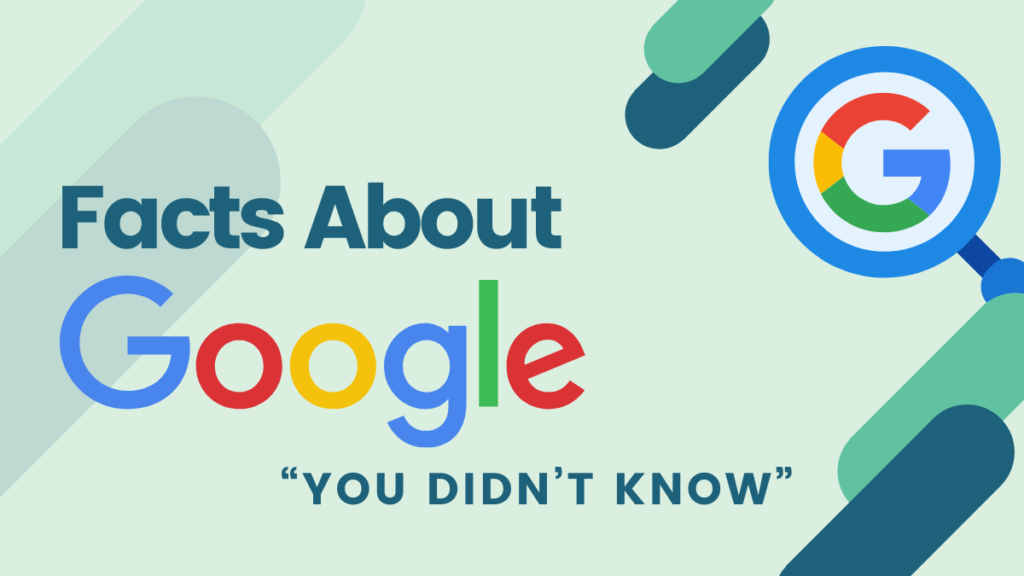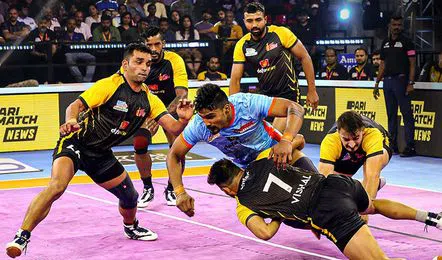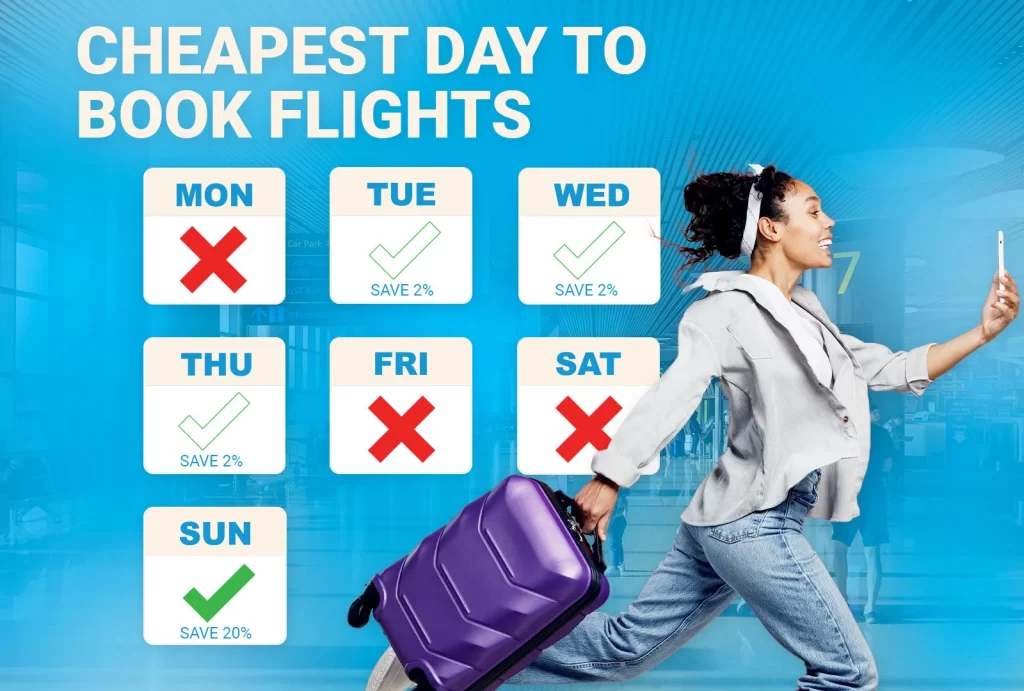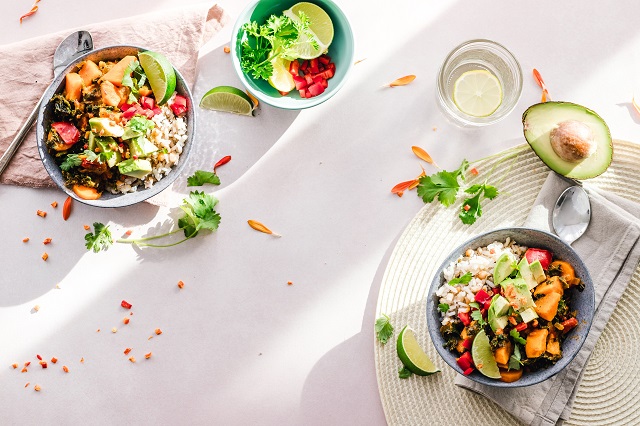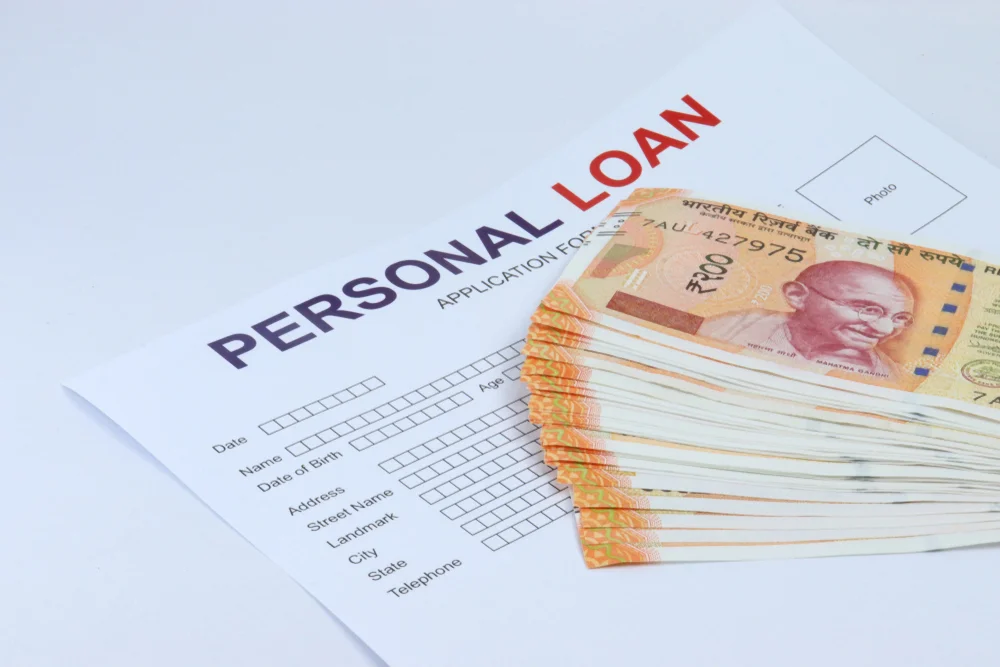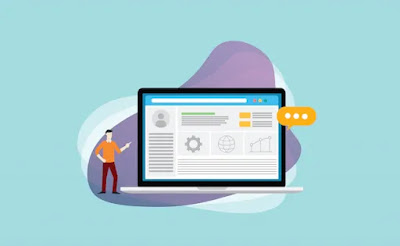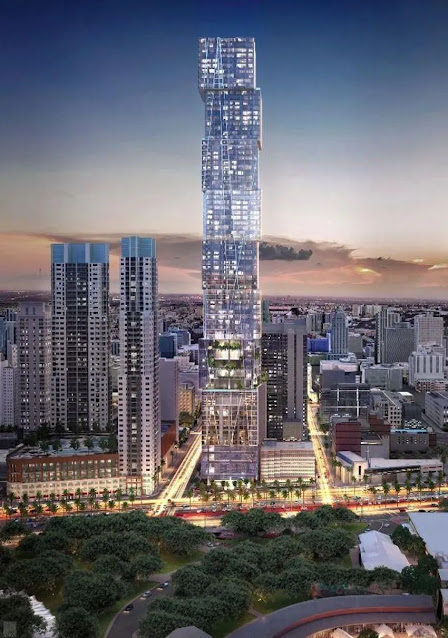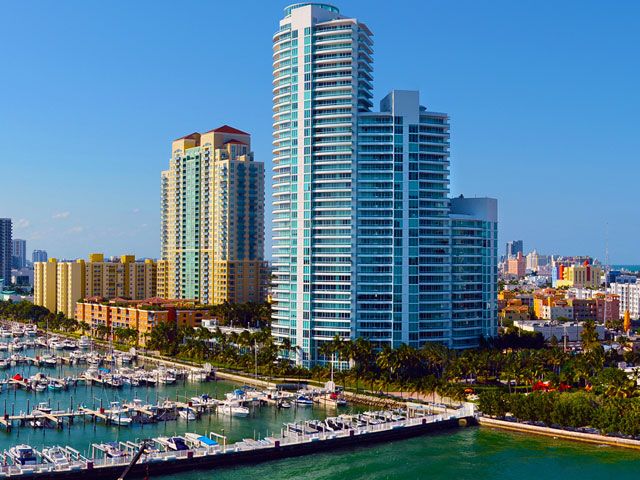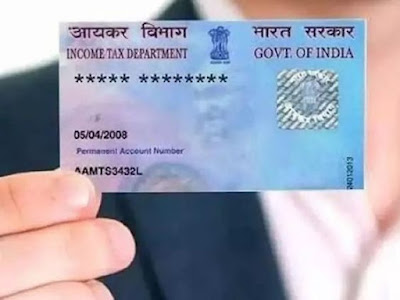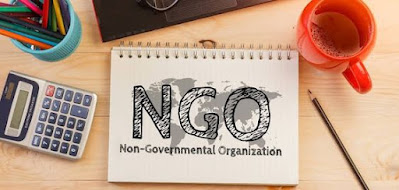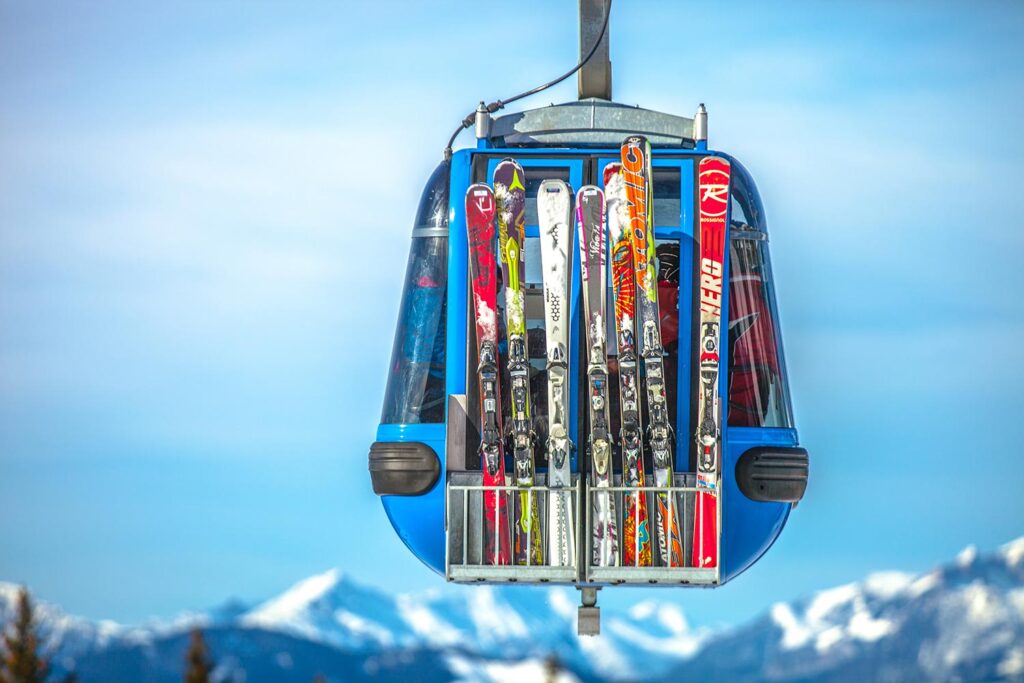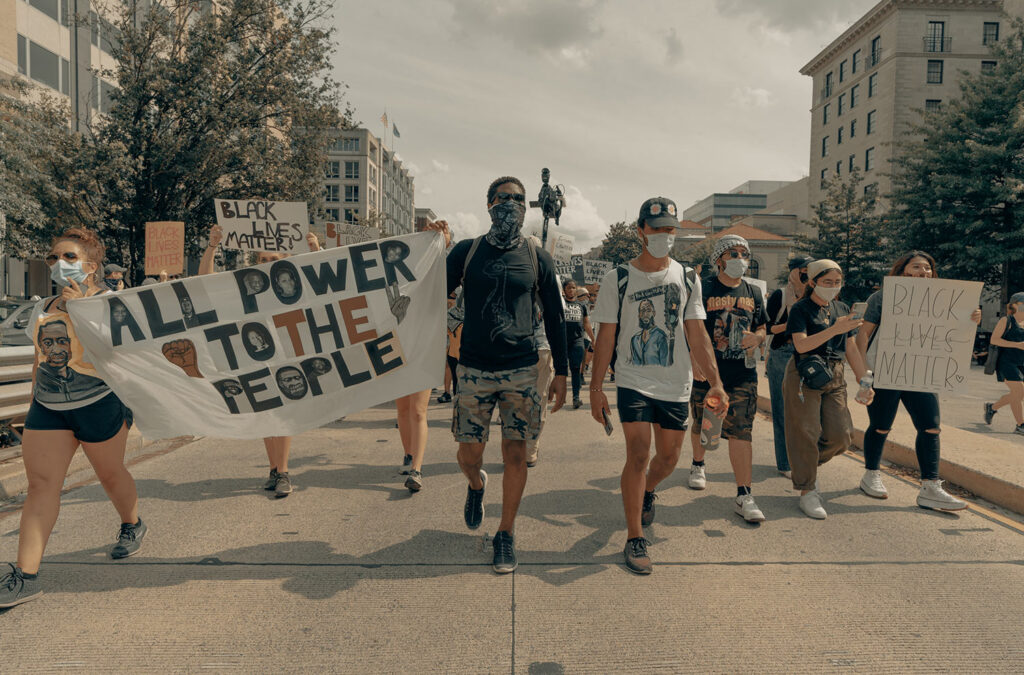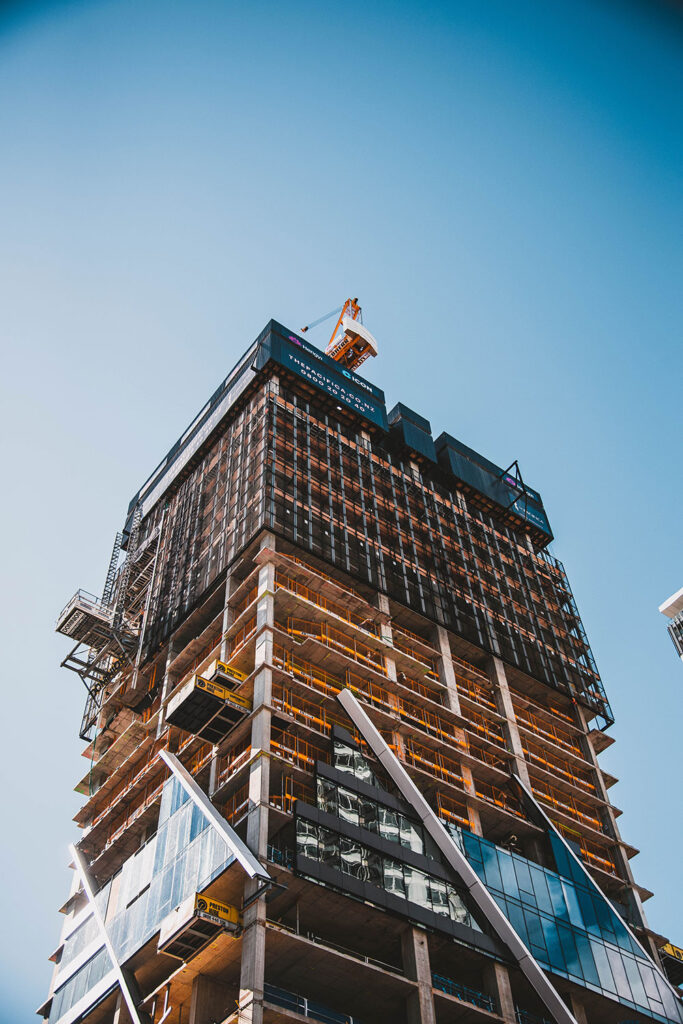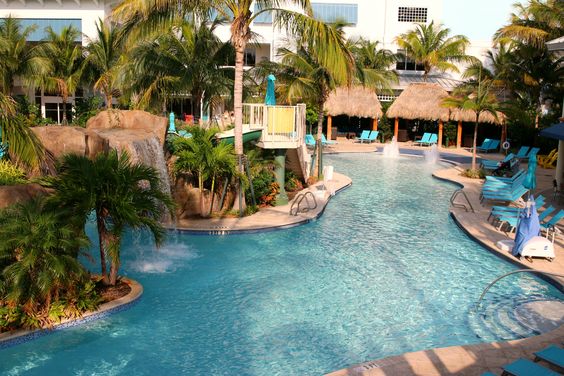Steps to Optimize Blogs for SEO and Get More Traffic
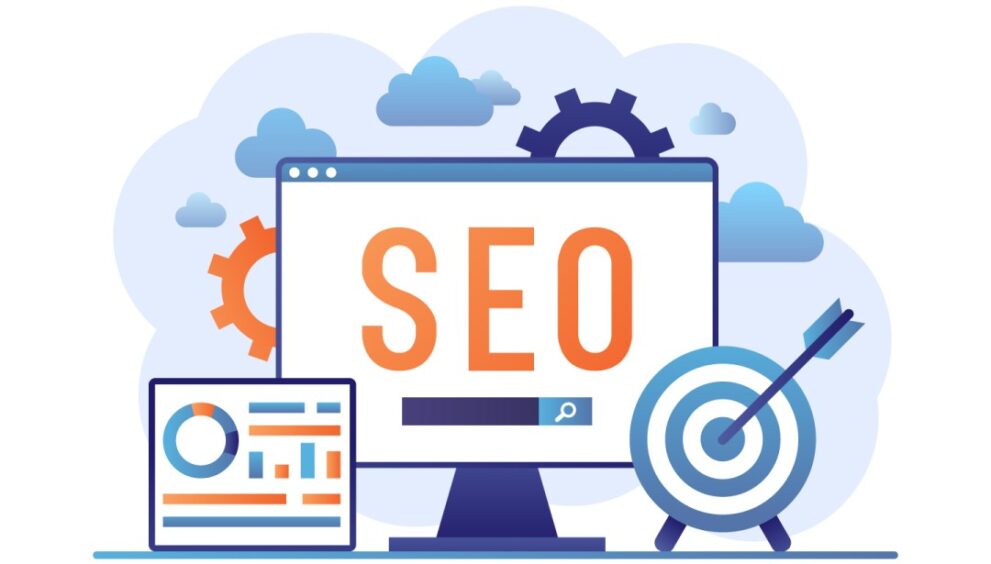
In simple terms, Search Engine Optimization (SEO) is like giving your blog a roadmap that search engines like Google can easily follow. By optimizing your blog for SEO, you can increase the chances of it showing up higher in search results, which means more people will see it and visit your blog.
Here are some simple ways to make your blog more SEO-friendly and get more traffic:
Keywords: Think about the words or phrases people might use when searching for topics related to your blog. Use these keywords naturally throughout your blog posts so that search engines can recognize what your content is about.
Quality Content: Write informative, engaging, and well-organized content that provides value to your readers. High-quality content is more likely to be shared and linked to by other websites, which can improve your blog’s visibility in search results.
Optimize Meta Tags: Meta tags are snippets of text that describe your blog’s content. Make sure your meta title and description accurately reflect what your blog post is about and include relevant keywords to help search engines understand the topic.
Mobile-Friendly Design: Many people use their smartphones or tablets to browse the internet, so it’s essential to have a blog design that looks good and functions well on mobile devices. A mobile-friendly design can improve your blog’s SEO and make it easier for people to read and navigate.
Internal Linking: Link to other relevant pages or blog posts within your own website. This not only helps readers discover more of your content but also helps search engines understand the structure of your website and which pages are most important.
Optimize Images: Use descriptive filenames and alt text for your images to help search engines understand what they are about. Optimized images can also appear in image search results, bringing additional traffic to your blog.
Regular Updates: Keep your blog updated with fresh content regularly. Search engines prefer websites that are active and frequently updated, so posting new blog posts or updating existing ones can help improve your blog’s SEO and attract more visitors.
Promote Your Blog: Share your blog posts on social media, participate in online communities related to your blog’s topic, and reach out to other bloggers or websites for collaborations or guest posting opportunities. The more exposure your blog gets, the more likely it is to attract traffic from search engines and other sources.
By following these simple tips, you can optimize your blog for SEO and increase its visibility, ultimately attracting more traffic and growing your audience.
Boost Your Website’s Visibility: The Power of Regular Blog Posting
Publishing blog posts regularly offers valuable opportunities! It attracts relevant audiences to your website, encouraging them to explore your content and stay longer. Additionally, it increases the likelihood of other websites referring to yours, expanding your online presence.
So, as an organization, you gain –
High CTR or Click Through Rate
High SP or Session Period
High Backlinks
High Brand Awareness
High Prospect Generation
Regular blogging, paired with search optimization services, is key to boosting your website’s visibility online. A good blog post, around 800-1000 words long, can really help with SEO. When your blogs are top-notch – informative, interesting, and persuasive – they can significantly improve your search engine rankings. In the world of digital marketing, SEO and blogs work together like a beneficial partnership!
Boost Your Online Presence with Social Media: Simple Strategies for Success
Did you know that having a strong social media presence can help improve your search engine rankings? While Google hasn’t explicitly mentioned “social signals” in their algorithm, it’s clear that being active on platforms like Facebook, LinkedIn, Twitter, and others can make a big difference.
Here are some easy ways to make your content more accessible and increase your online visibility:
- Make it easy for people to subscribe to your blog or website.
- Add share buttons to your blog posts so readers can easily share them on their social media profiles.
- Include links from social media influencers in your posts to reach a wider audience.
- Engage your followers with social media events like polls, contests, and video sharing. You can even offer prizes to make it more exciting!
- Encourage people to share your content with their friends and followers to help spread the word.
By following these simple strategies, you can propel your online presence and reach more people through social media.
FAQs for SEO and driving more traffic
What is SEO, and why is it important for blogs?
- SEO stands for Search Engine Optimization. It’s the process of optimizing your blog content and website to rank higher in search engine results pages (SERPs). It’s important for blogs because higher rankings mean more visibility, traffic, and potential conversions.
How can I optimize my blog posts for SEO?
- Optimize your blog posts by doing keyword research, including relevant keywords in your titles, headings, meta descriptions, and throughout your content. Focus on creating high-quality, informative, and engaging content that provides value to your audience.
What role do backlinks play in SEO for blogs?
- Backlinks, or inbound links from other websites to your blog, are crucial for SEO. They signal to search engines that your content is valuable and authoritative. Aim to acquire backlinks from reputable and relevant websites in your niche to improve your blog’s SEO.
Should I use long-tail keywords in my blog posts?
- Yes, incorporating long-tail keywords (phrases containing three or more words) in your blog posts can be beneficial. Long-tail keywords are often less competitive and more specific, allowing you to target a niche audience and rank higher for specific search queries.
How can I improve the loading speed of my blog for better SEO?
- To improve loading speed, optimize your images, enable browser caching, minify CSS and JavaScript files, use a content delivery network (CDN), and choose a reliable web hosting provider. Faster loading times not only improve user experience but also contribute to higher search engine rankings.
Is it essential to optimize blog images for SEO?
- Yes, optimizing blog images is crucial for SEO. Use descriptive filenames, add alt text with relevant keywords, and compress images to reduce file size without sacrificing quality. Optimized images can improve your blog’s visibility in image search results and enhance overall SEO.
How often should I publish new content on my blog for SEO?
- The frequency of publishing new content depends on your goals, resources, and audience preferences. Consistency is key, so aim to publish high-quality content regularly, whether it’s weekly, bi-weekly, or monthly. Focus on quality over quantity to maintain reader engagement and improve SEO.
What is the importance of internal linking in blog SEO?
- Internal linking helps search engines discover and index your blog content, establishes a hierarchy of importance within your website, and distributes link equity (SEO value) throughout your site. Incorporate relevant internal links within your blog posts to improve navigation and SEO.
How can social media help boost traffic to my blog?
- Sharing your blog posts on social media platforms can increase visibility, drive traffic, and attract new readers to your blog. Engage with your audience, join relevant communities, and encourage social sharing to amplify your blog’s reach and improve SEO through increased social signals.
Should I focus on mobile optimization for my blog?
- Yes, optimizing your blog for mobile devices is essential for SEO. With the majority of internet users accessing content on mobile devices, a mobile-friendly website ensures a positive user experience, reduces bounce rates, and improves search engine rankings, especially since Google prioritizes mobile-friendly websites in its search results.



